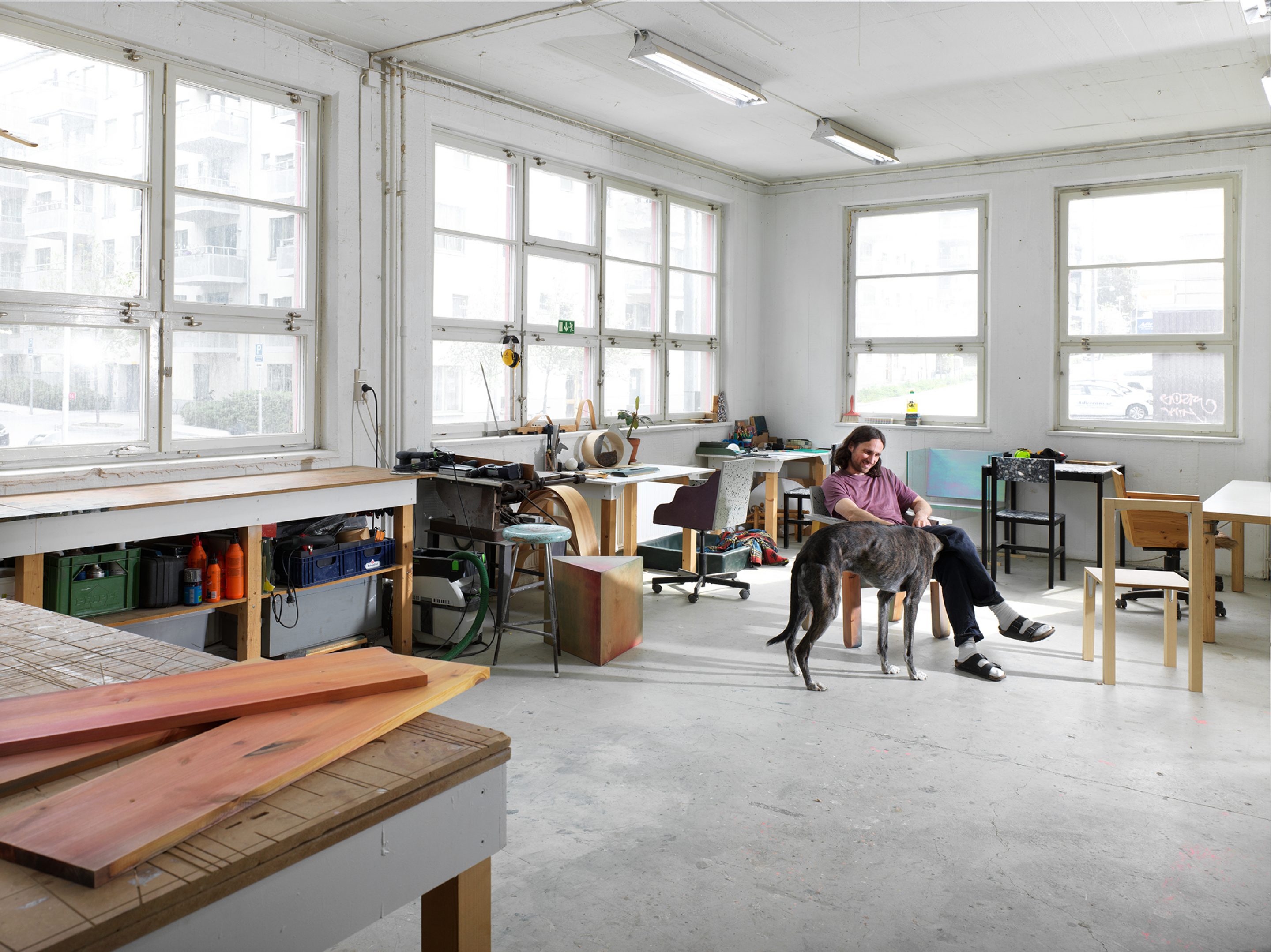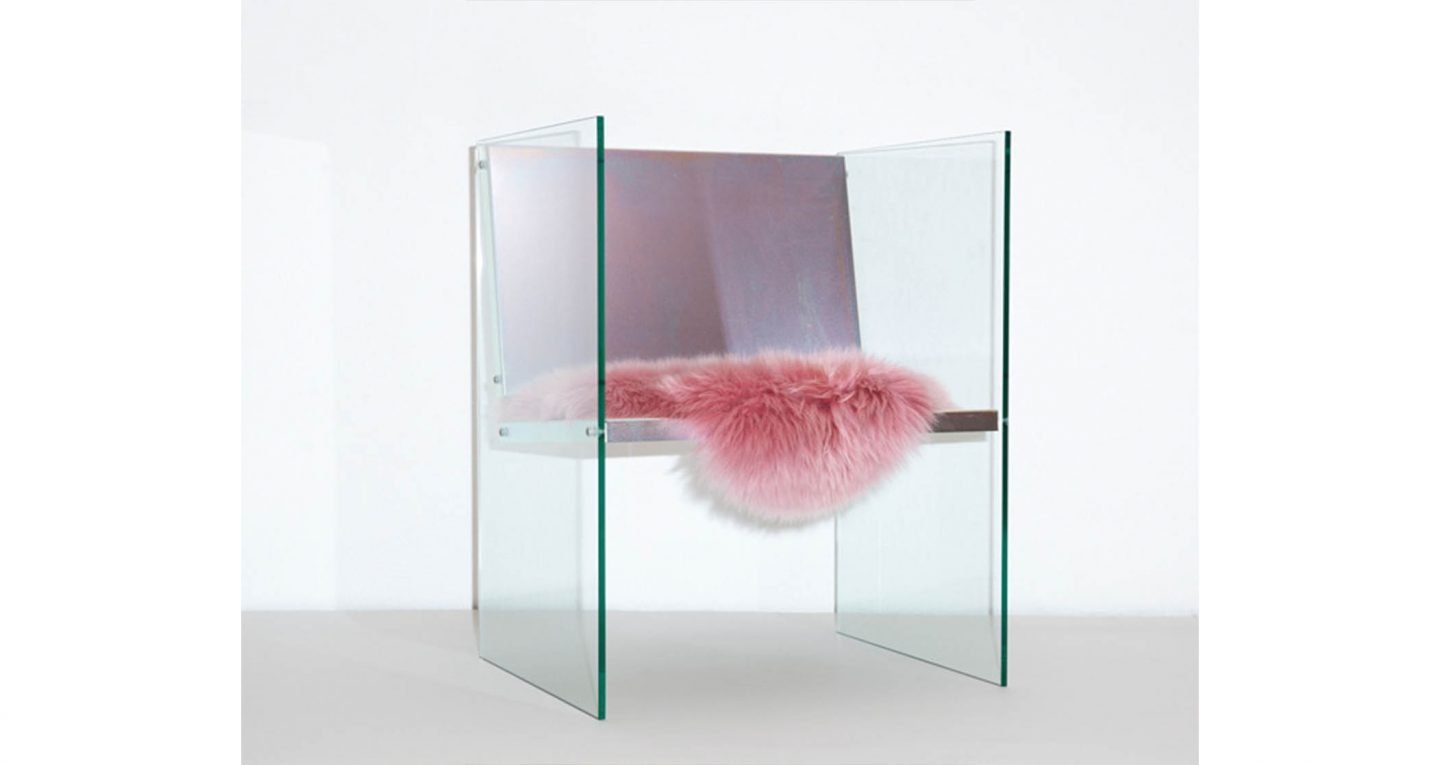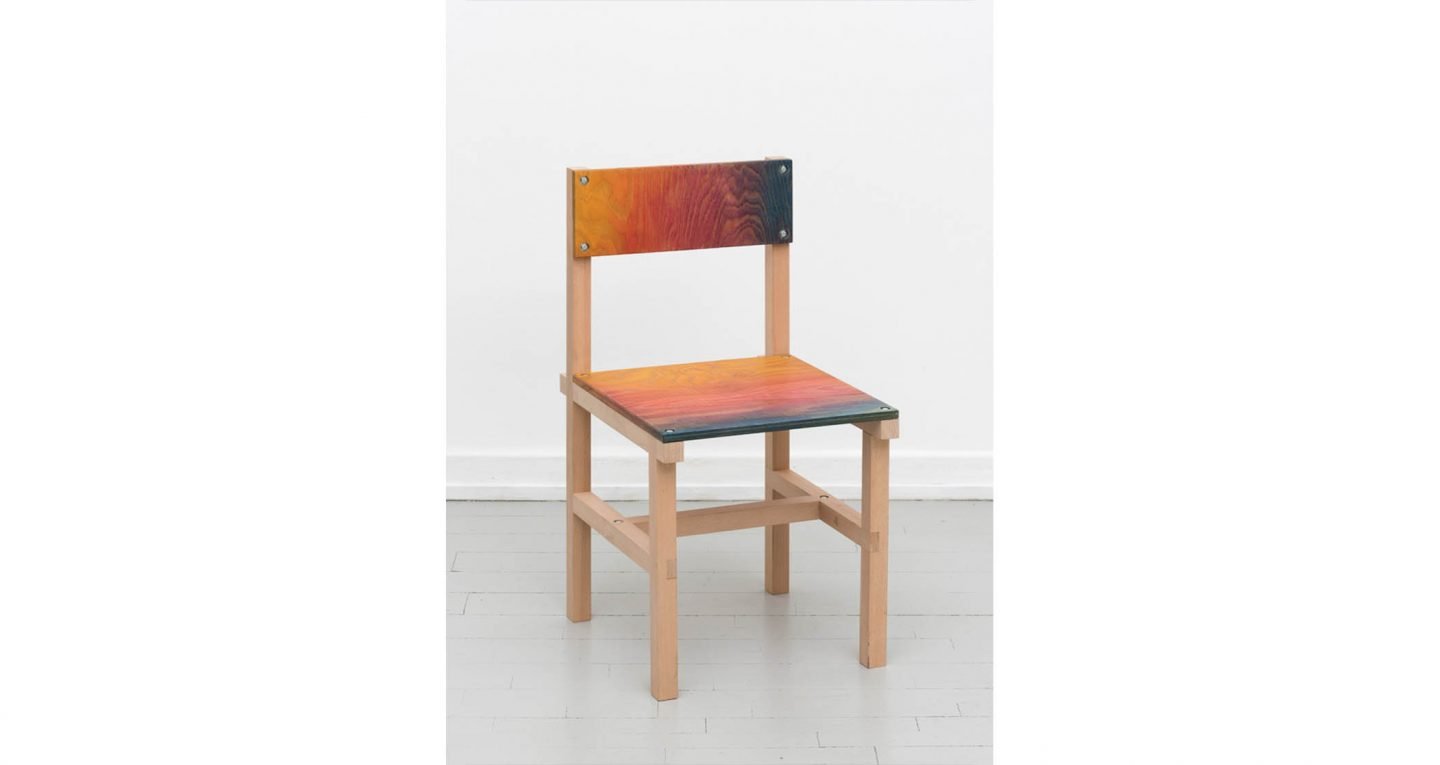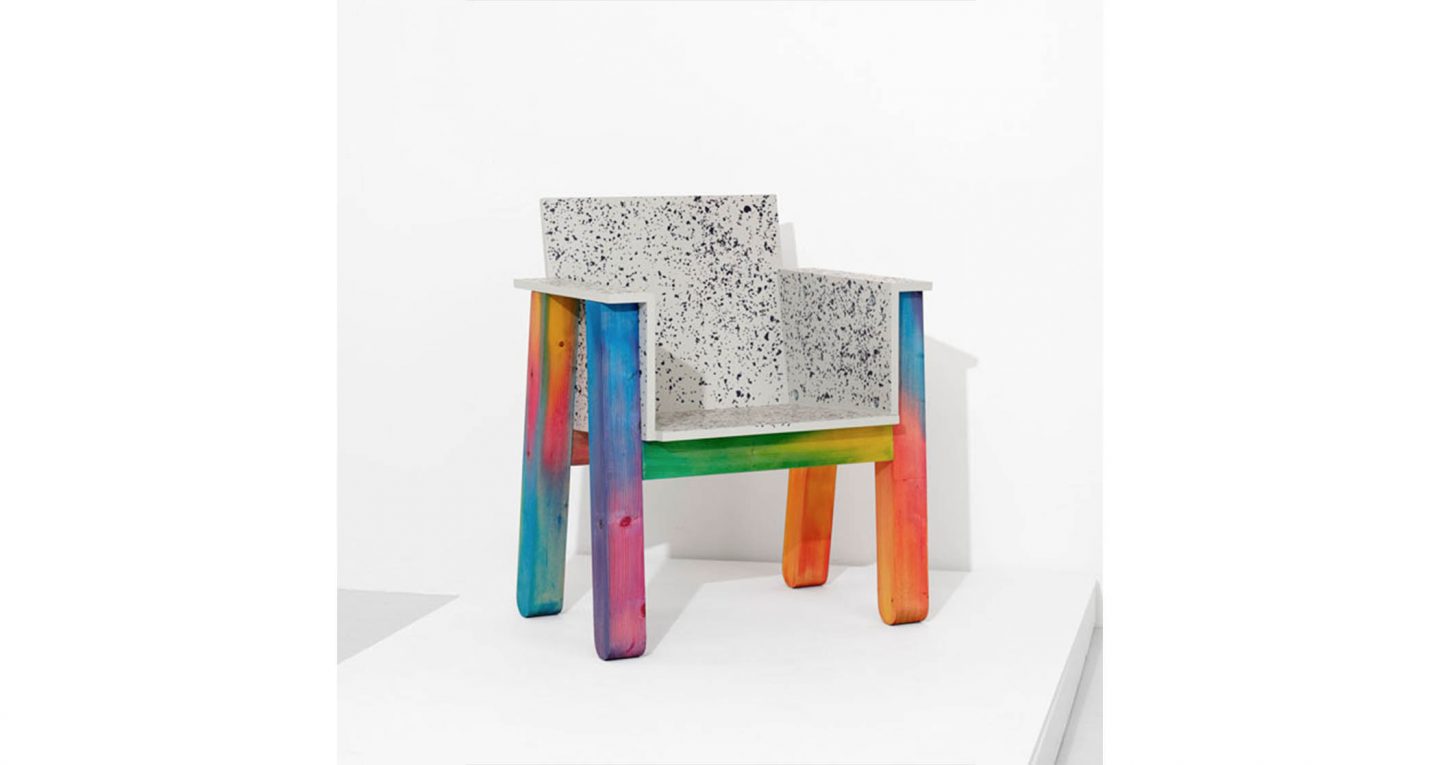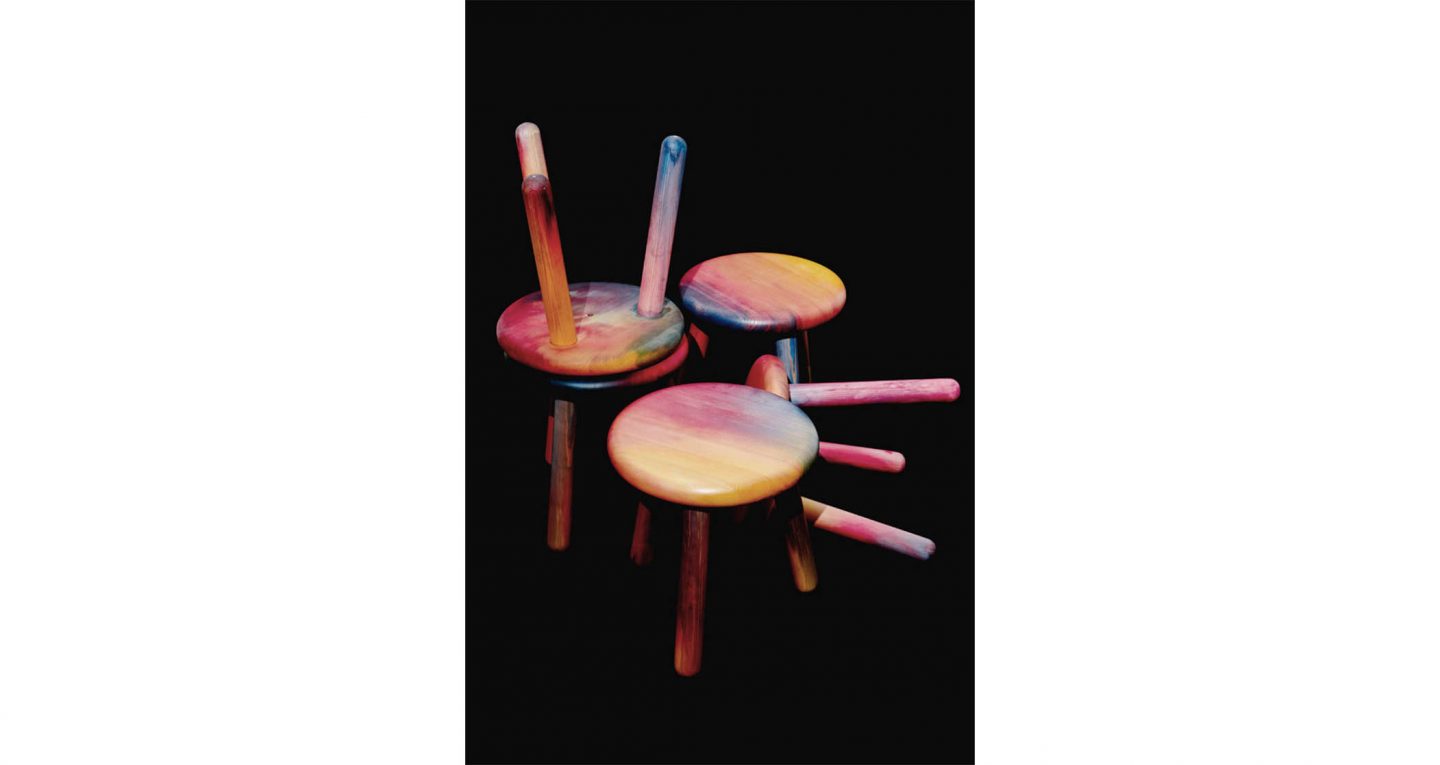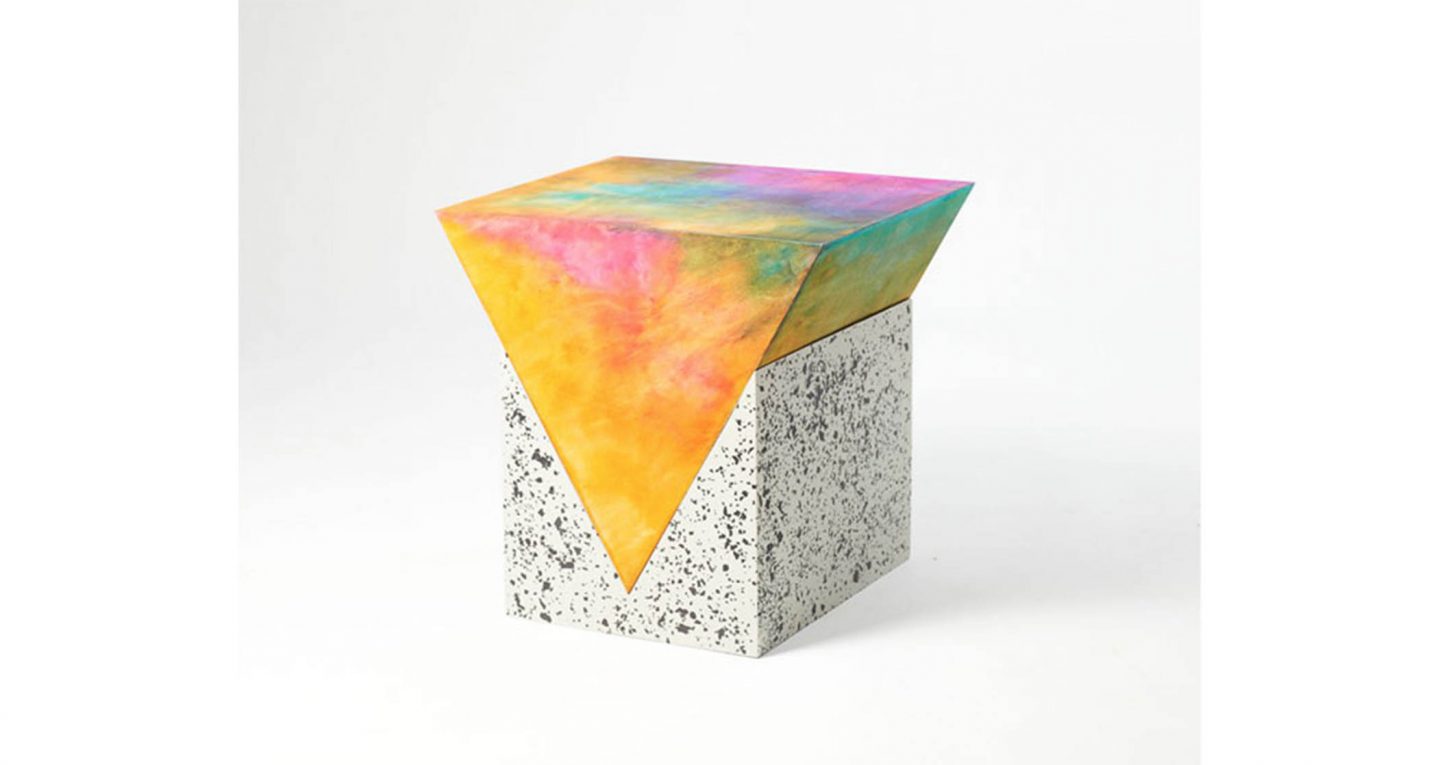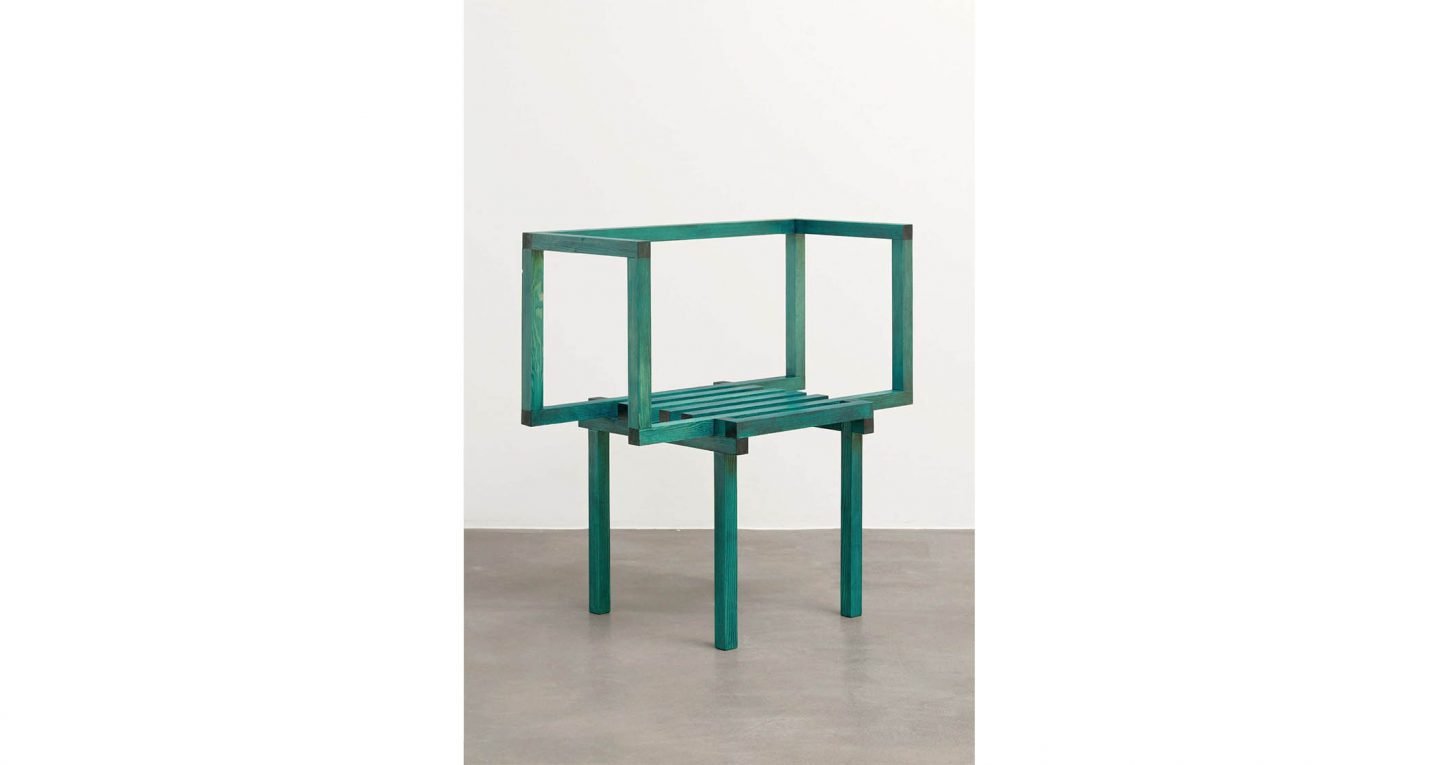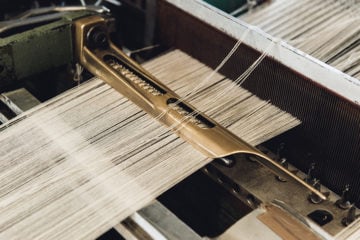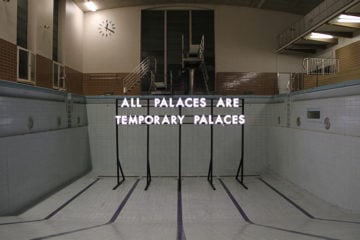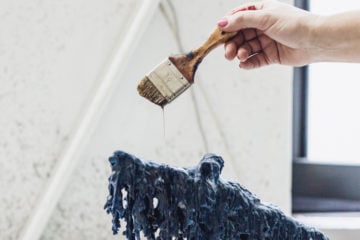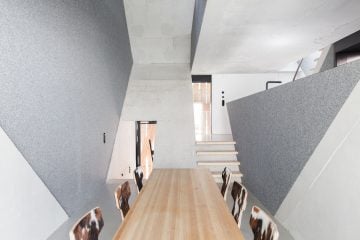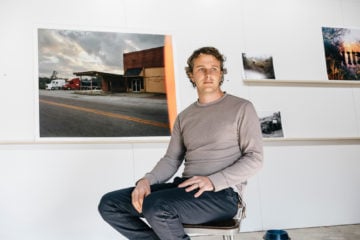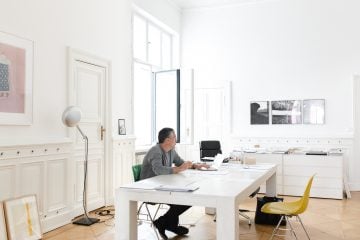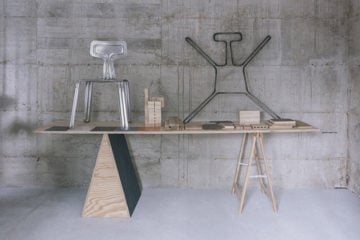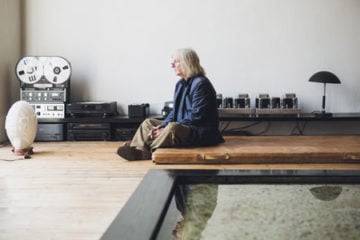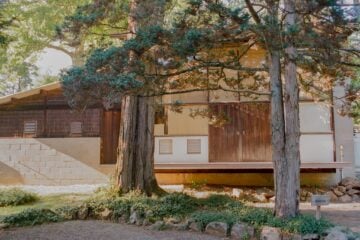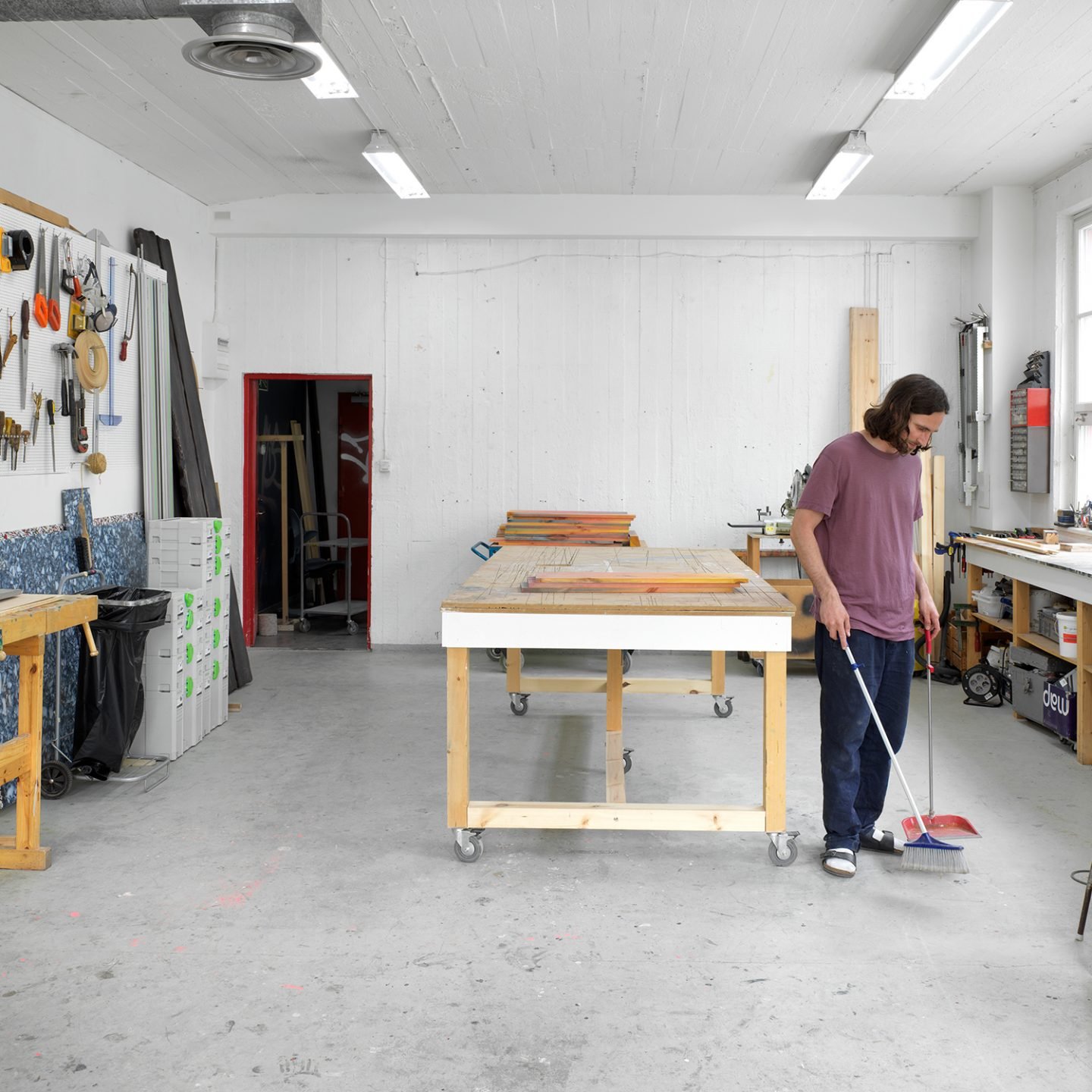
Design As Play With Fredrik Paulsen
- Name
- Fredrik Paulsen
- Images
- Erik Undéhn
- Words
- Rosie Flanagan
Fredrik Paulsen is an ebullient character; serious about design but brimming with facetious career caveats that young creatives would do well to mind. His temperament seems echoed in his colorful work—it’s playful, conceptually clever and intent on bringing life to the Swedish design scene.
We catch Fredrik one sunny morning at his studio in Örnsberg, an industrial suburb situated a little way out of Stockholm’s CBD. Fredrik grew up in the south of Sweden by the ocean and excluding a couple of years in Hackney—where he lived while he undertook his MA at the Royal College of the Arts in London—he’s been in Stockholm since 2002. As he explains it, the Swedish capital is a fickle place: full of designers and makers, but sadly lacking in the type of design scene you come to expect from major cities. In light of this, it’s unsurprising that London made such an indelible impression on him. “There are so many opportunities there”, he enthuses, “There are so many museums and galleries, and because of this, there is basically this huge crowd that really wants to be entertained. There is so much stuff you can do as a designer, you don’t have to be a servant to the industry.”
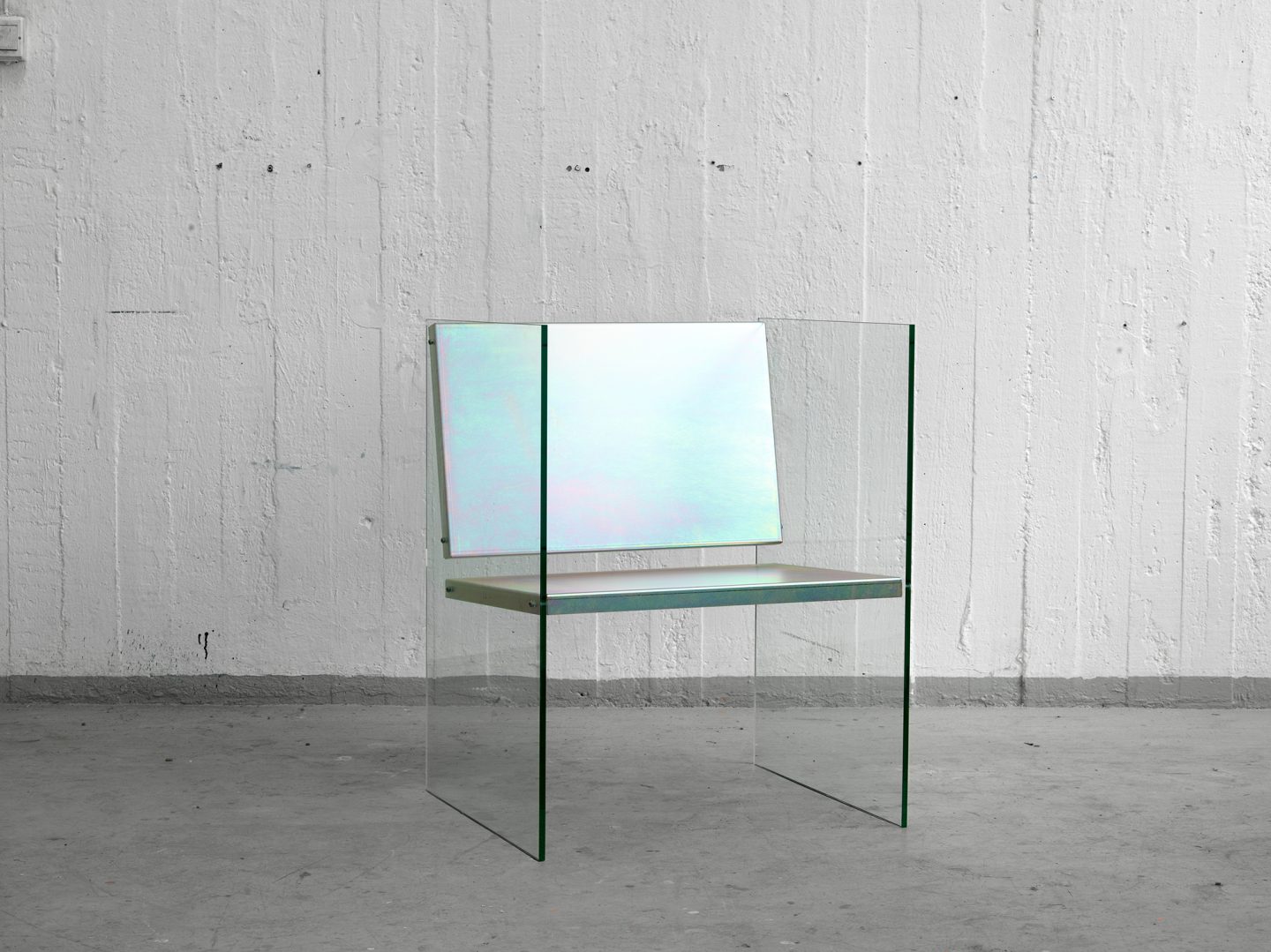
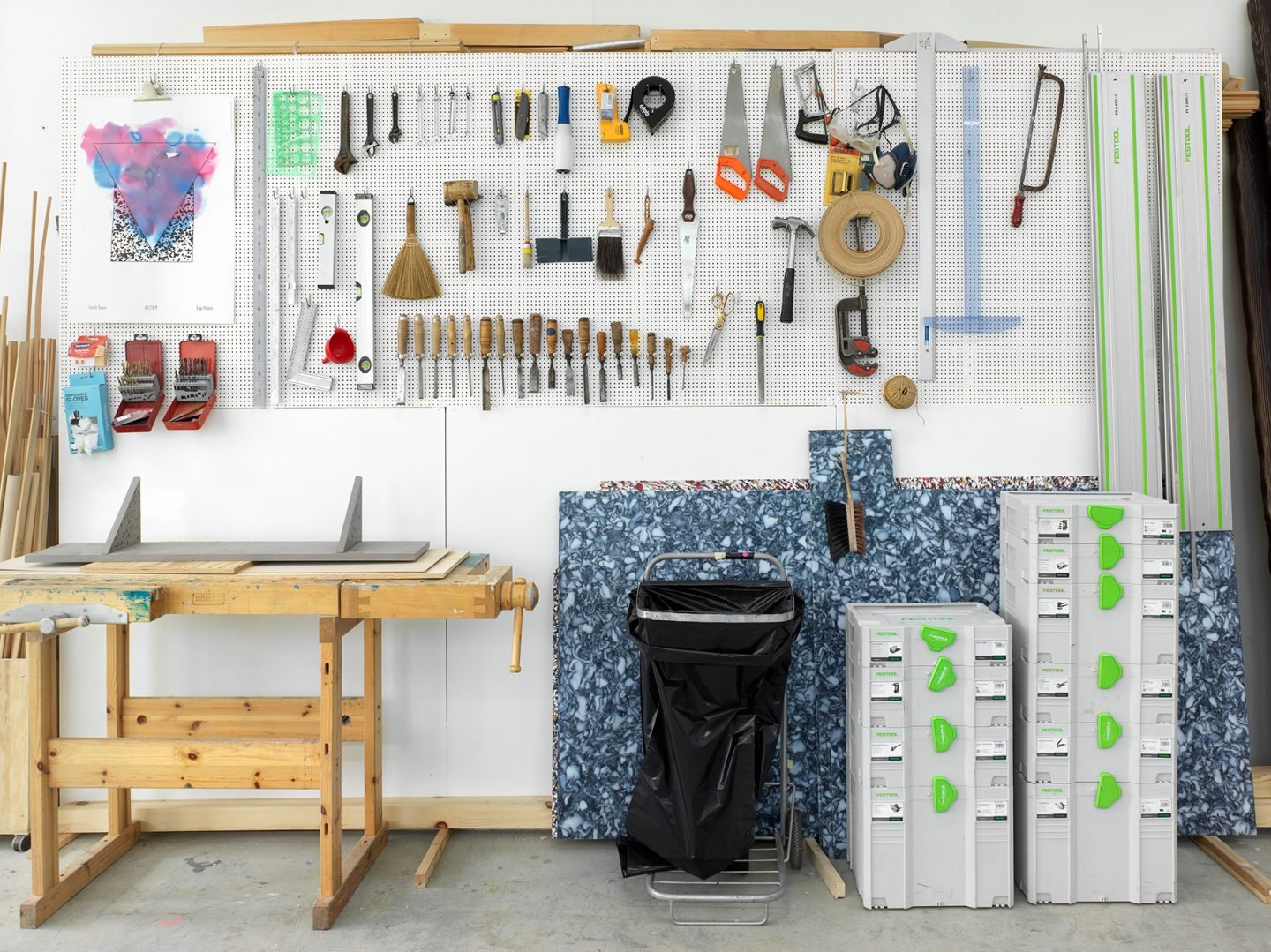
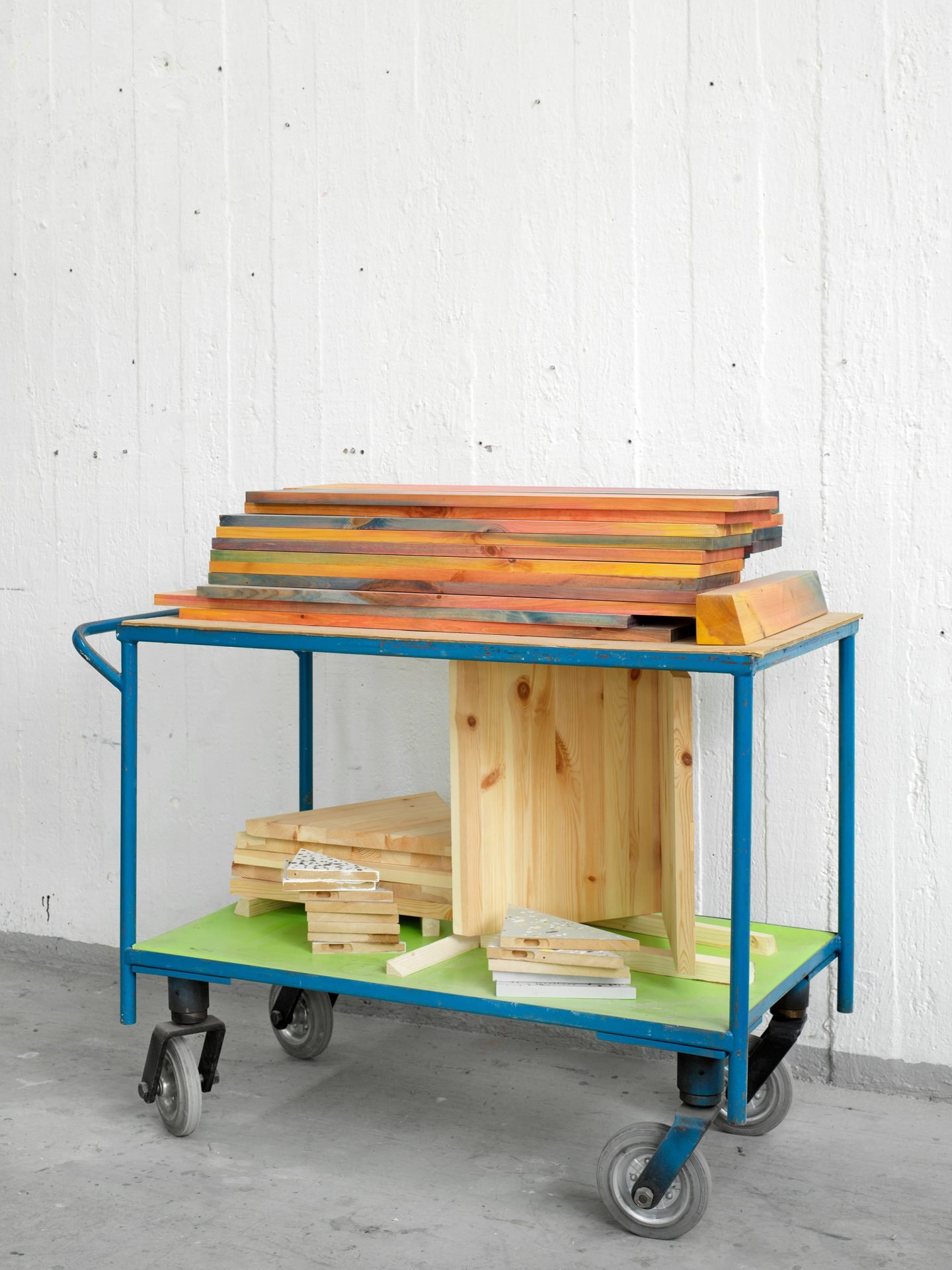
“When I moved back I knew that I really wanted to activate this place... to make sure that there was fun stuff going on here.”
Despite his love for London, upon completion of his Masters, Fredrik returned to Sweden, intent on reinvigorating the design scene by injecting it with the kind of energy he had witnessed in the UK. “When I moved back I knew that I really wanted to activate this place: I wanted to do group shows, screenings, to make sure that there was fun stuff going on here.” Together with designers Kristoffer Sundin and Simon Klenell, he launched the Örnsbergsauktionen: An annual artist-run auction that has been ongoing since 2013, and is specifically for experimental craft and design. The aim of this program was to vivify the creative community; to demonstrate the worth of independent design, and to illustrate to young designers the possibilities for work beyond the expected. “I mean, the message was clear,” Fredrik says. “It was an auction: These goods are ready and they are things that you can buy. They’re not school experiments—these are proper design objects!”
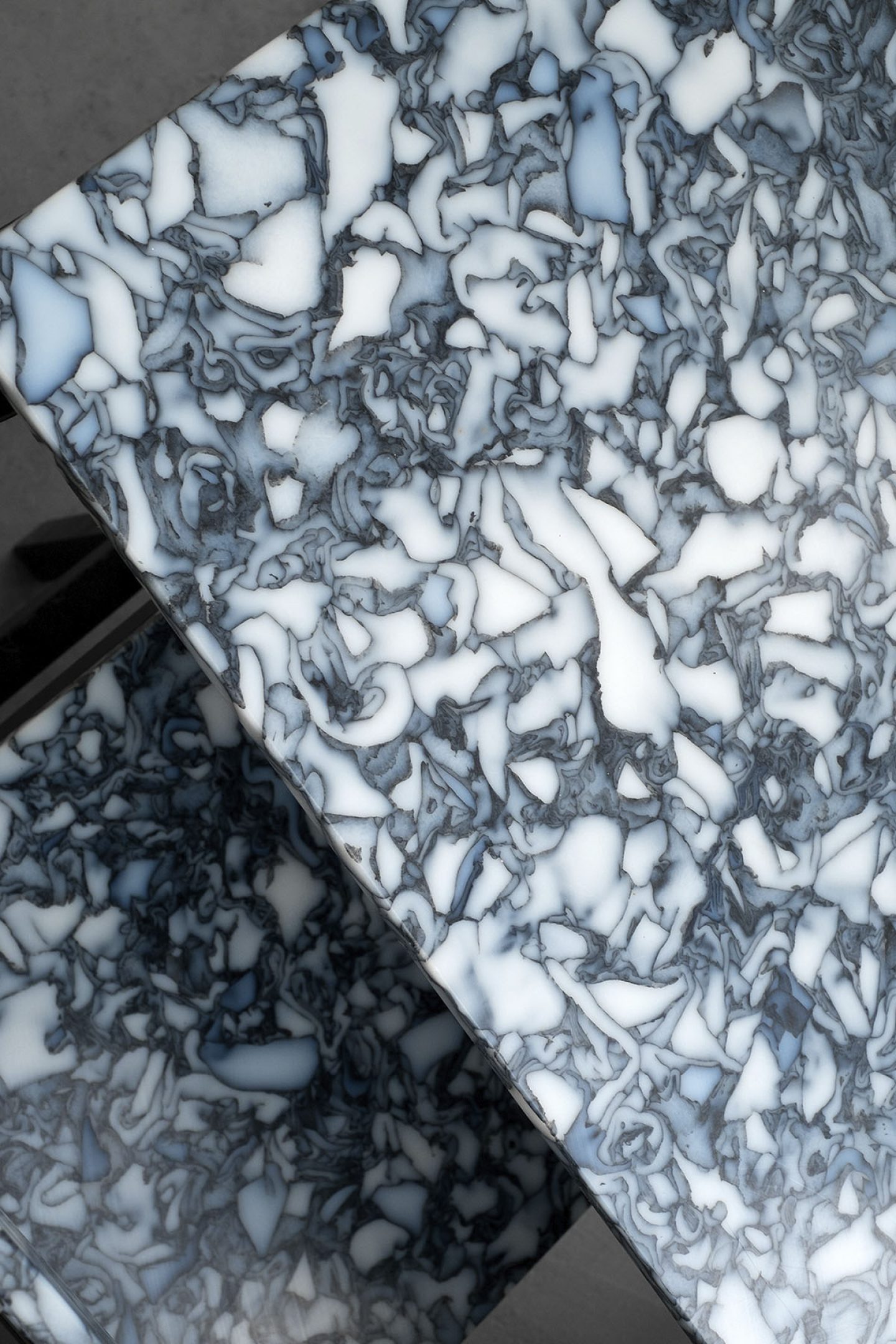
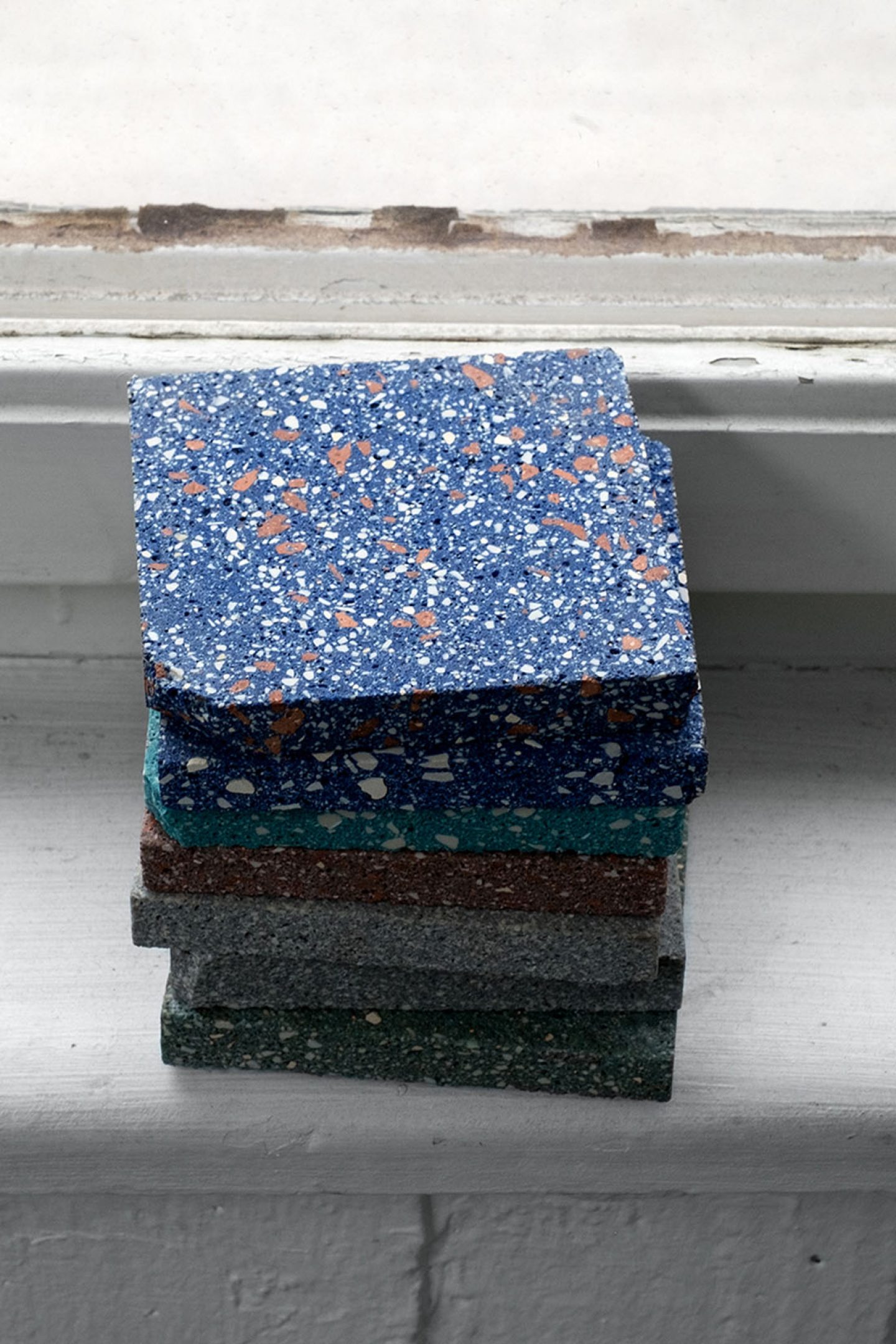
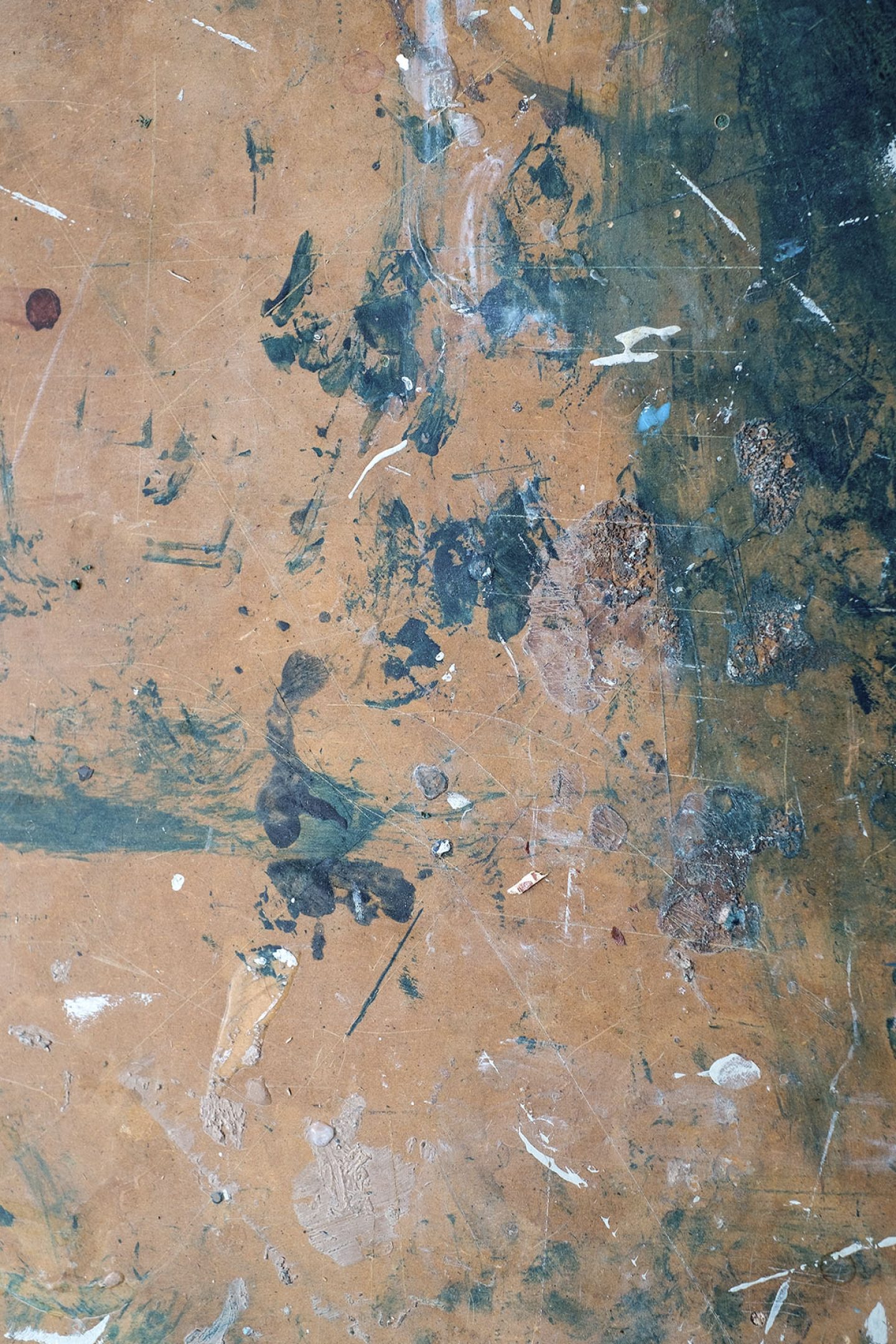
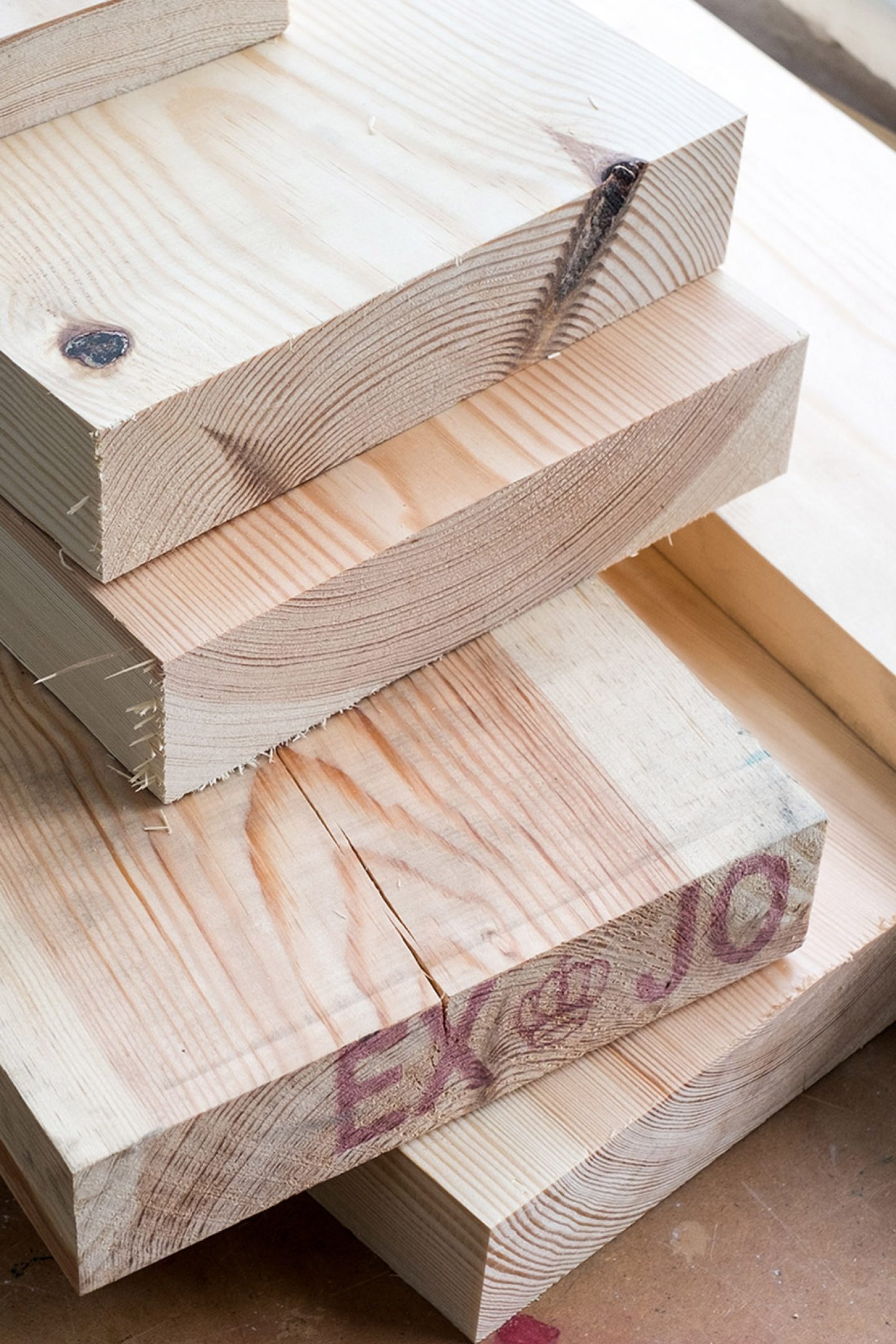
The concept of the auction (and the party it evolved into, which was, as Fredrik explains, “brilliant and way more fun than design week”), was part of a wider attempt to democratize independent design. If people aren’t exposed to it, how are they supposed to understand or support it? If you’re a young designer, how can you join a creative community you cannot see? Significantly, many independent designers live in Stockholm, but are shown in—and represented by—galleries in other cities; giving them international acclaim and rendering them lesser known in their home state. “There are so many students graduating that need see that there is a community here and that there are people doing what they want to do,” Fredrik explains. “I think that as eyes from around the world slowly become a little more focused on us, people are realizing that they can do things here, and be based here.”
“I think that eyes from around the world are slowly becoming a little more focused on us, people are realizing that they can do things here”
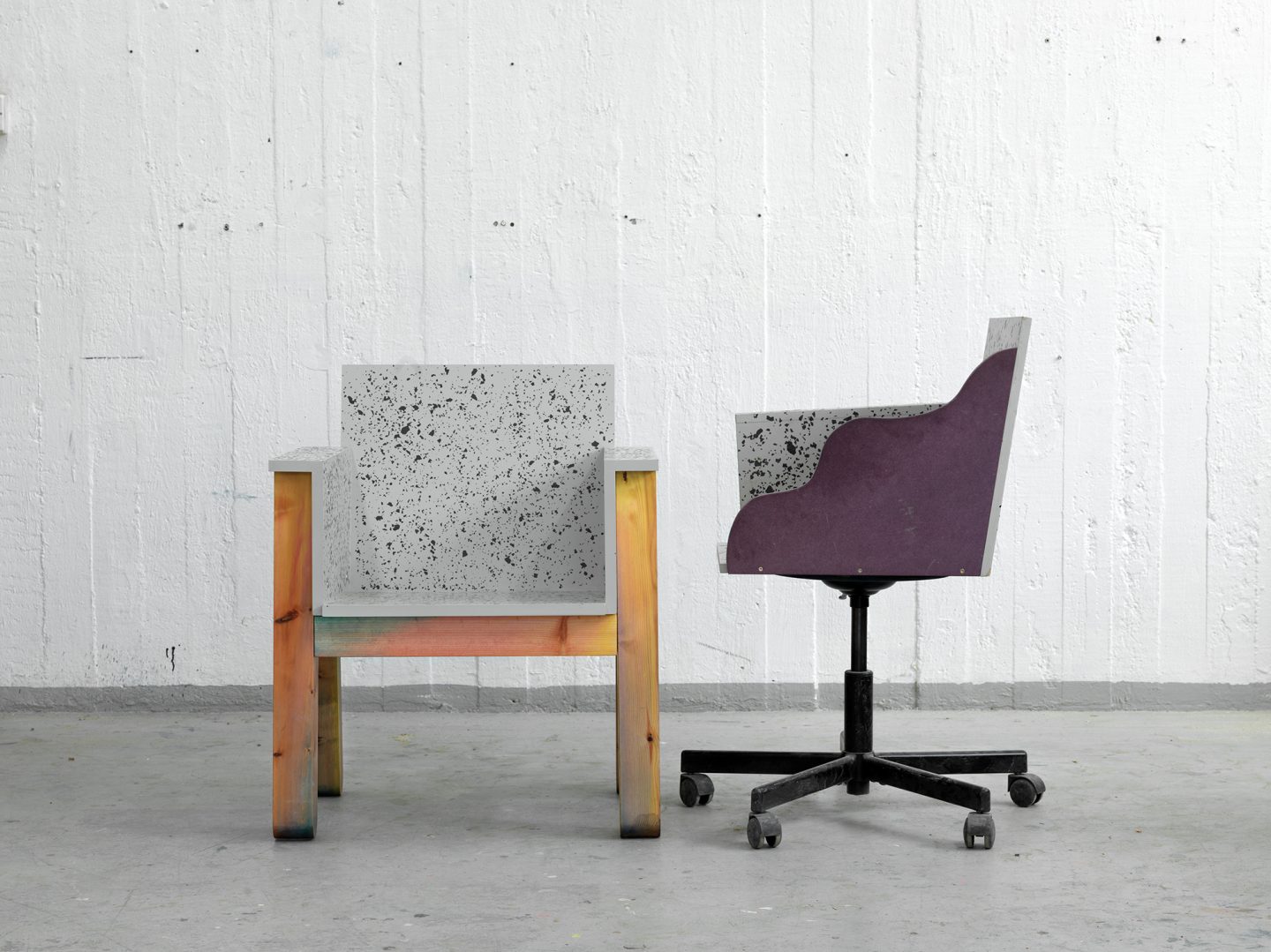
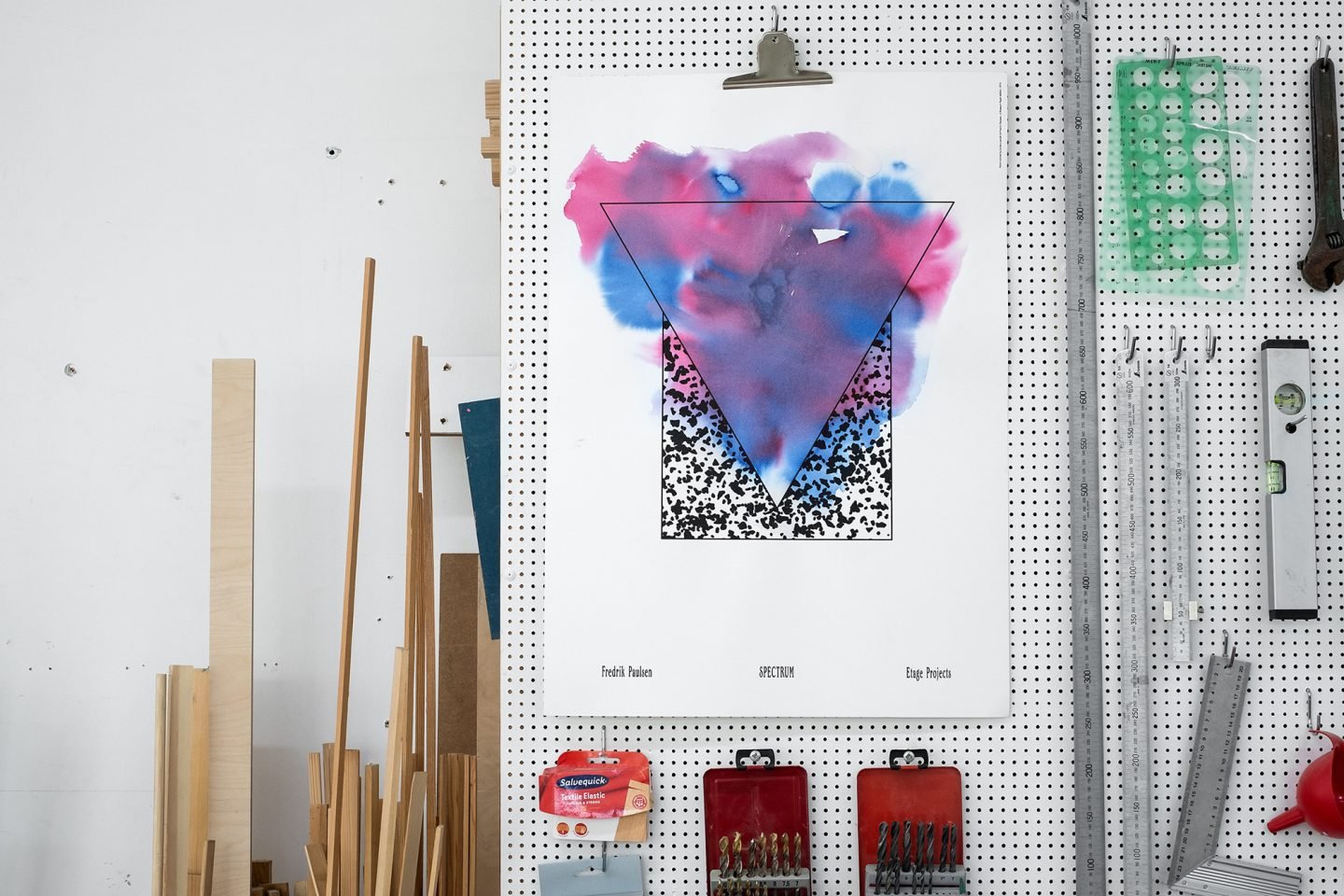
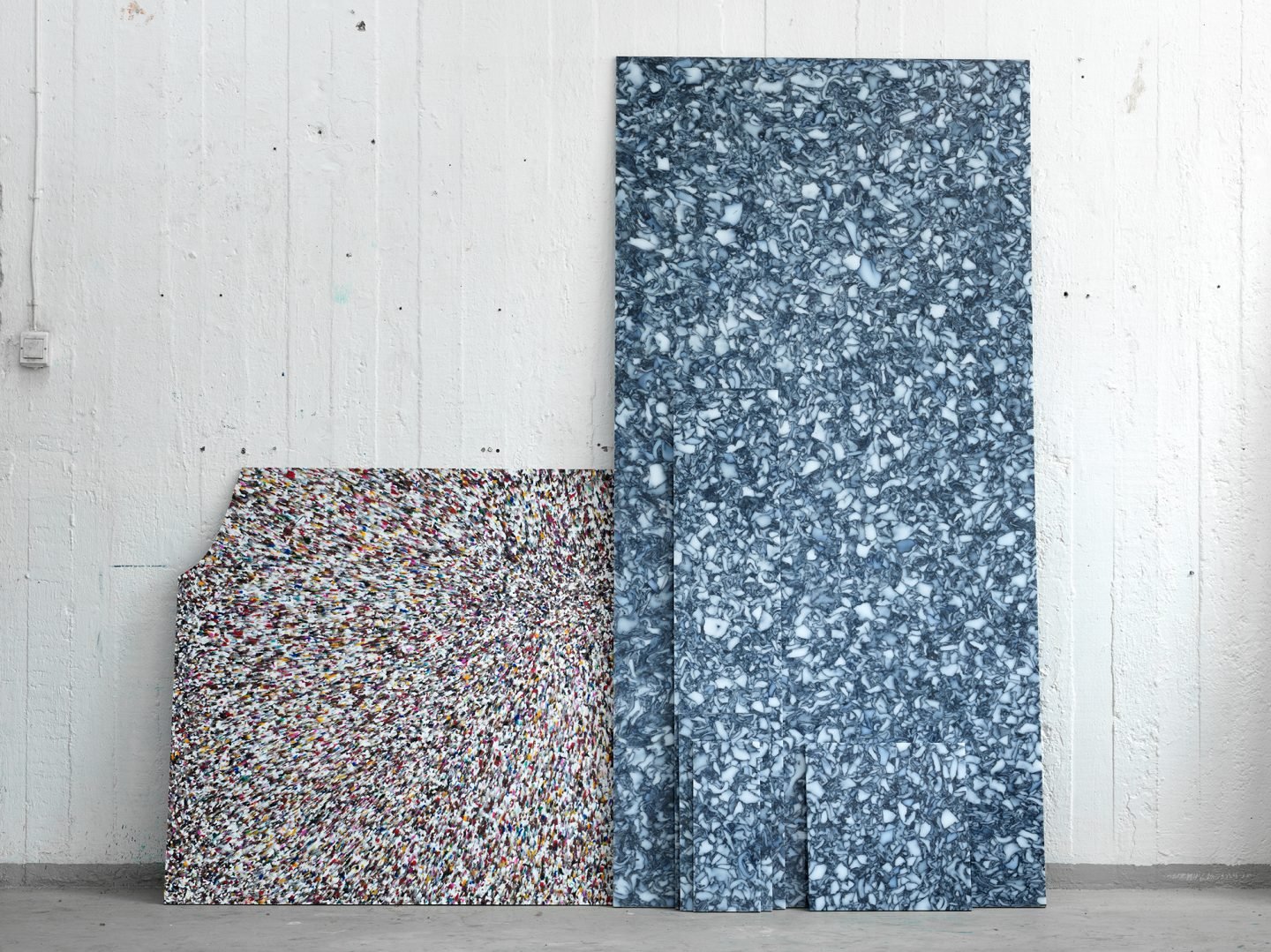
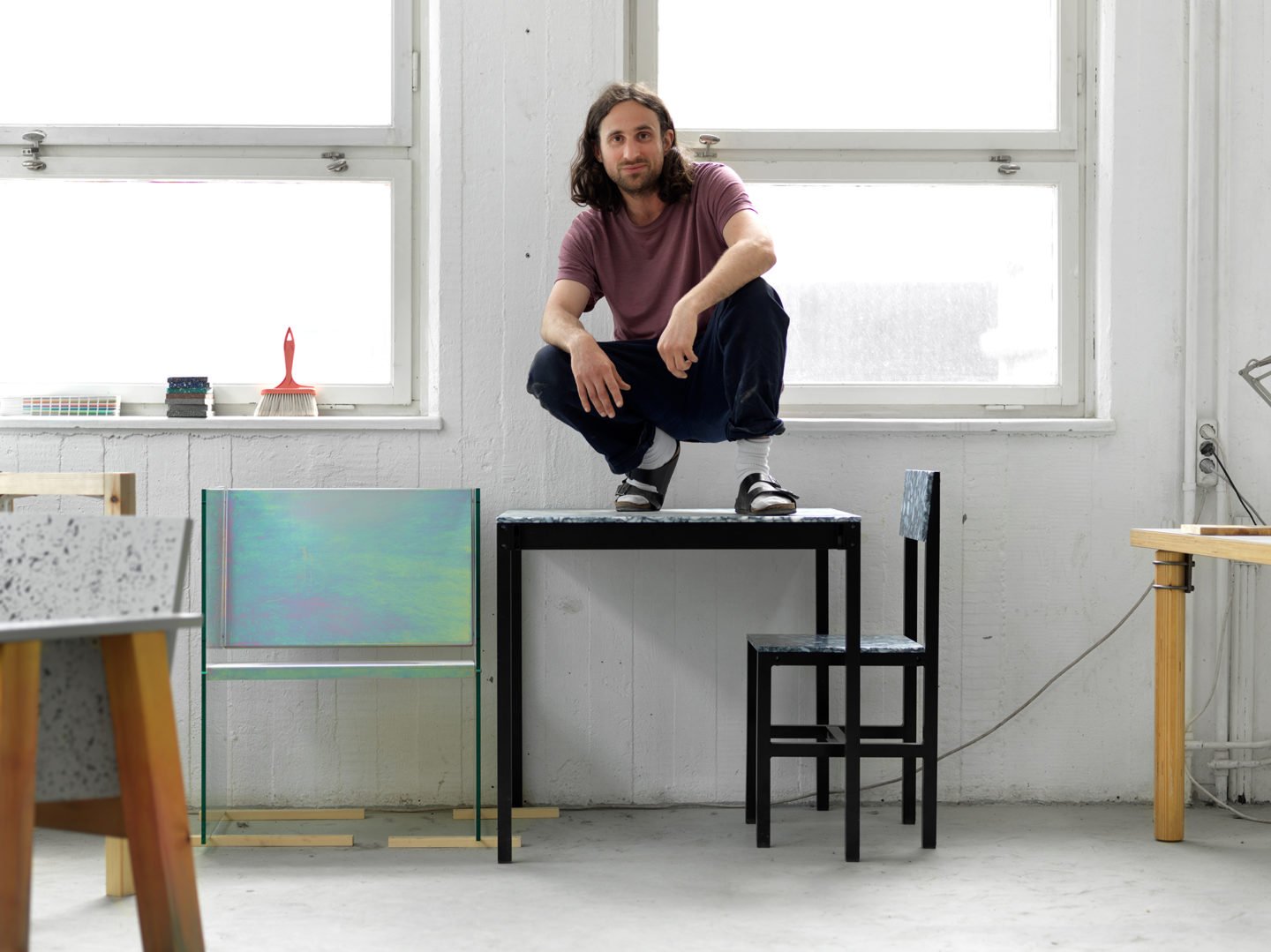
He is certainly setting an example for such emergent talents: his work has been exhibited widely throughout Europe, garnering attention via its representation by Etage Projects in Copenhagen and Torri in Paris. But he seems unphased by such markers of success, and uninterested in seeking the approval of others. He works, he explains, because he loves what he does, and he loves what he does because it allows him to have fun: “That is the reason why I do what I do,” he explains. “I mean, I want to have fun! I am my own boss, so I decide what am I doing, so there is absolutely no reason for me to do boring things.”
Interdisciplinary, expansive, and truly never boring, Fredrik’s work draws upon modernist principles of construction and the concepts of anti-design in its the colorful and multiplicitous forms it takes. “I don’t really see a difference between parties or music or fashion or furniture,” he explains of his perception of art, “for me, it’s the same, but my set of tools are different. Ok, I’m the furniture guy so I do furniture, but I do this in the same way, in the same context as all these other things that are happening now. So it can be a chair, but it can also be a party or an exhibition or something else entirely.”
The Vibrant Work Of Fredrik Paulsen
001 Glass + Steel Chair, Fredrik Paulsen
002 Demountable Chair, Fredrik Paulsen
003 Easy Chair, Fredrik Paulsen · Photo by Stockholms Auktionsverk
004 Mkölkpall, Fredrik Paulsen · Photo by Louise Enhörning
005 Prism Table, Fredrik Paulsen
006 Torri Chair (piece three of nine), Fredrik Paulsen
His most recent venture ties these elements together perfectly. Produced with Erik Hedman and Johan Wirfält, Peace Future Classics is a studio with pieces radically described as “super sexy objects”. Their first furniture collection was shot just recently, it features a naked man, a leopard-print backdrop, and—of course—furniture. Intrigued? You should be. It is Fredrik’s first venture into industrial manufacturing, born from the trio’s desire to produce things accessible to a wider sect of the community: “If we produce it right then it doesn’t have to be gallery-expensive”, he explains. Peace Future Classics are issued in piece numbers, the first object is a chair—but what follows will be anyone’s guess. “We want it to evolve,” Fredrik tells us, “so if piece number one is the chair, piece number two is the table, piece number three is maybe a cutting board, and then maybe we release a small line of t-shirts, and that’s piece number five.” To Fredrik, material desires are intimately bound to culture; and that means that your influences and your way of translating them into objects shouldn’t be dependent on your medium. “There is no difference between a fashion magazine and a record cover—art should be seamless, like a wave. We consume culture, yeah? And for me, I don’t make distinctions between these different cultural outcomes.”
With such a fluid and playful conception of design, one can’t help but ask about his attitude to work: “Of course,” Fredrik explains, “I take my work very, very seriously. But, at the same time, I think it’s really important to not be a boring fucker”. In our opinion, there’s a slim chance of that ever happening.
All images © Erik Undéhn for iGNANT Production
